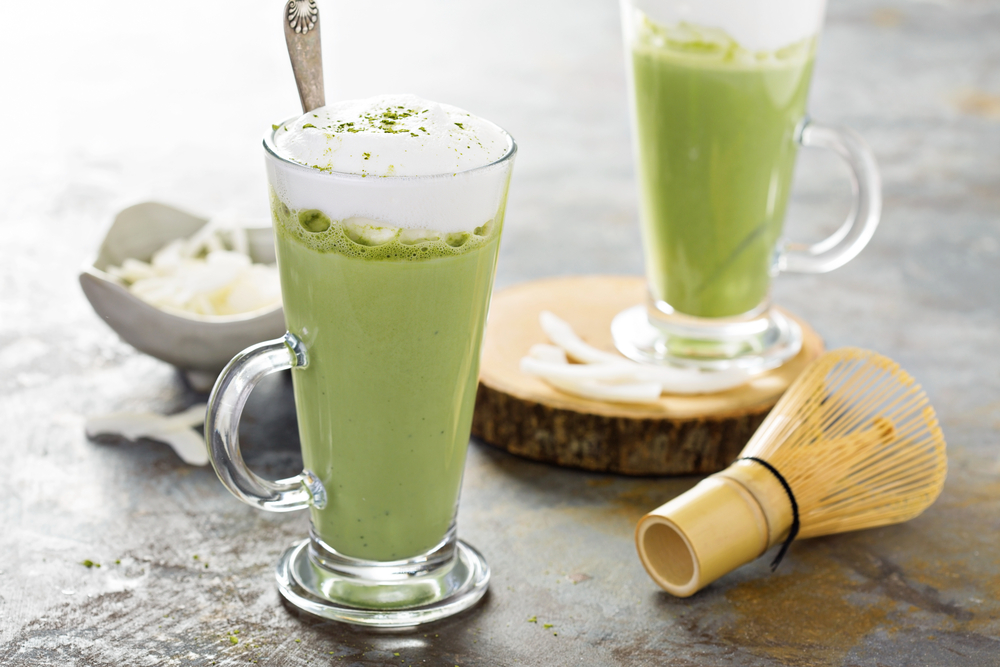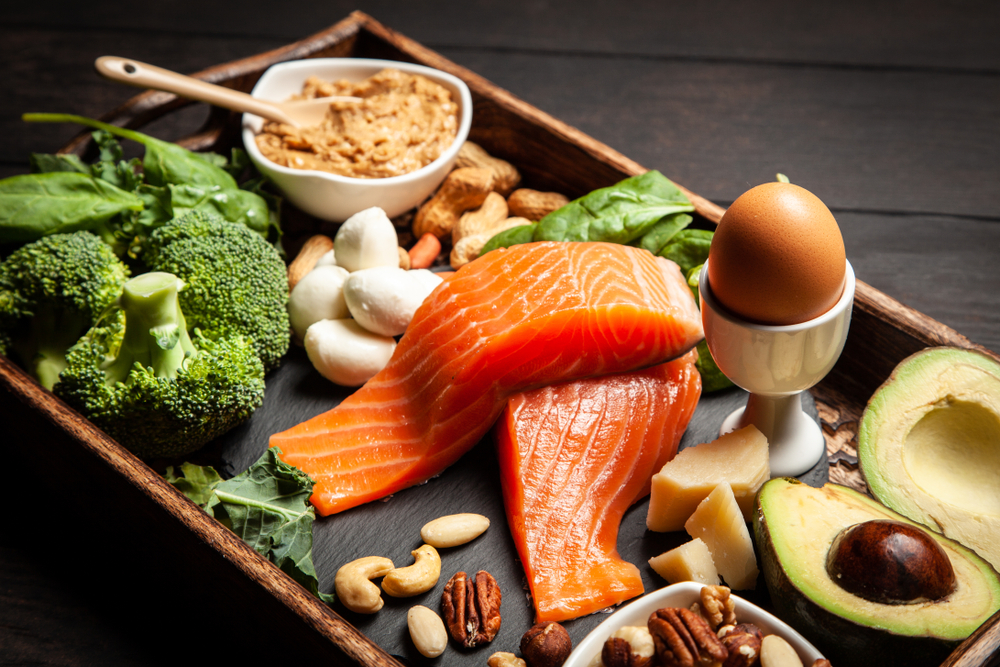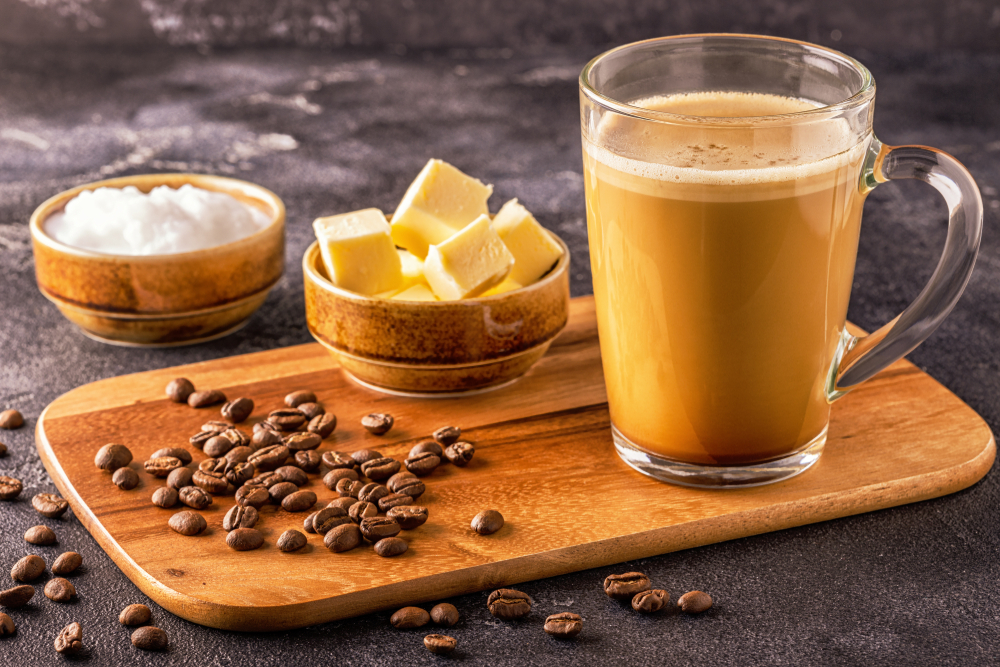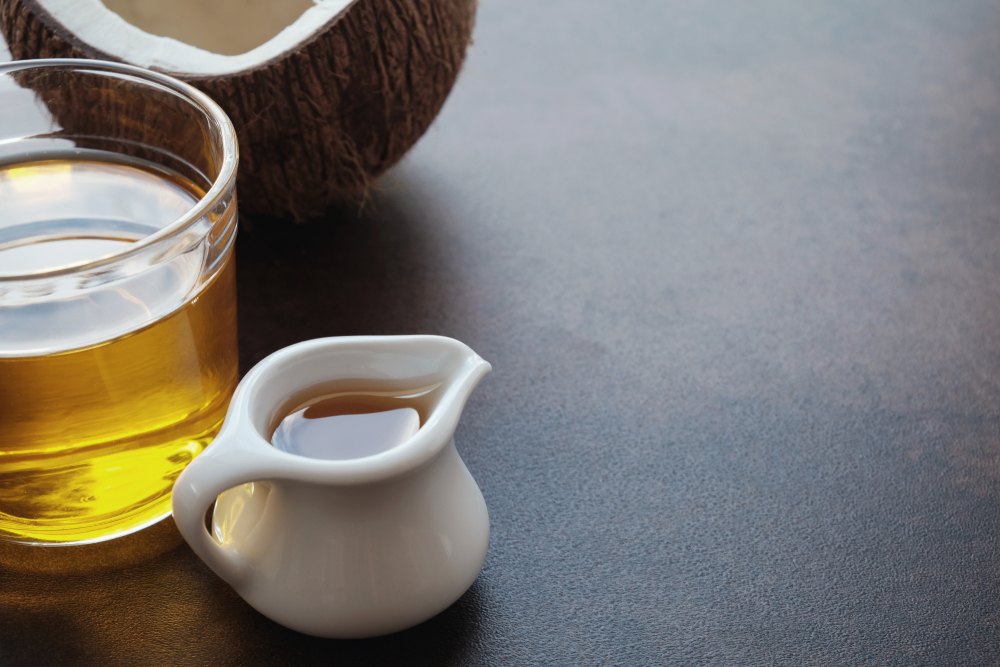
Do you want to know more about Matcha? Take a look and be amazed at the benefits of the delicious tea!
WHAT IS MATCHA?
High quality green tea ground to powdered form.
The green tea powder is steeped in warm water to form a frothy drink.
While matcha’s origins are ceremonial, the green tea powder is popular around the world in beverages such as the latte’s or boba tea and as a cooking component in everything from ice cream to salad dressing.
TYPES OF MATCHA:
Matcha is usually sold in two different categories:
Ceremonial: Ceremonial grade is the highest quality matcha from the most carefully cultivated buds and leaves. During processing, ceremonial quality is given the utmost attention to details to obtain the freshest, most delicate and smoothest ground matcha. Ceremonial grade is meant to be used on its own, without other sweeteners or additives, to really enjoy and appreciate the intended taste.
Culinary: Culinary grade matcha has a more robust, astringent flavor that stands up to other ingredients it is paired with. It may contain ground leaves with some stems and veins still attached, it may have a slightly different green color than ceremonial grade, and it may often contain a mix of matcha powder from different sources. Culinary quality can still be found in tea; in fact, it’s a great match for mixing with milk for lattes or spirits for cocktails. It’s also less expensive, so it’s more affordable as a cooking ingredient.
CAFEINE CONTENT:
It contains more caffeine content than green tea, comparable caffeine to black tea, and less caffeine than brewed coffee. Because matcha is produced from shady tea bushes, the tea leaves tend to retain more of their caffeine content. Additionally, because you are consuming the ground tea leaf when sipping matcha, you are absorbing more caffeine content than if you were drinking green or black tea leaves. However, like all beverages grown from caffeinated plants, a certain level of caffeine per cup of matcha tea will depend on how the matcha was processed and prepared.
SAMPLES:
Some common properties used to describe the overall taste and texture of matcha are: vegetal, sweet, rich, creamy, wheatgrass, mildly astringent, strong and frothy.
STORE:
Matcha is best consumed as soon as possible after production. Since Matcha is a ground tea, any exposure to oxygen will immediately reduce the color and flavor of the tea. If kept in a cool, dark place, it can stay fresh for several weeks to several months (unlike dried tea leaves which can last up to a year or two).
ADVANTAGES:
High in antioxidants: Matcha is rich in catechins, a class of plant compounds in tea that act as natural antioxidants. Antioxidants help stabilize harmful free radicals, substances that can damage cells and cause chronic disease.
Protects the Liver: The liver is vital to health and plays a central role in flushing out toxins, metabolizing drugs and processing nutrients.
Boosts brain function: Some studies show that several components in matcha may help improve brain function. Researchers found that matcha caused improvements in attention, reaction time and memory, compared to the placebo.
Protects your heart: Heart disease is the leading cause of death worldwide, accounting for an estimated one-third of all deaths in people over the age of 35. Some studies have shown that drinking green tea, which has a similar nutritional profile to matcha, may help protect against heart disease.
Helps you lose weight: Green tea is known for its ability to promote weight loss. In fact, studies show that it can help speed up metabolism to increase energy expenditure and boost fat burning.
Matcha tea is very easy to prepare with an easy recipe.
Good luck!
Joanna
XxX
Leave a Comment:
You must be logged in to post a comment.



